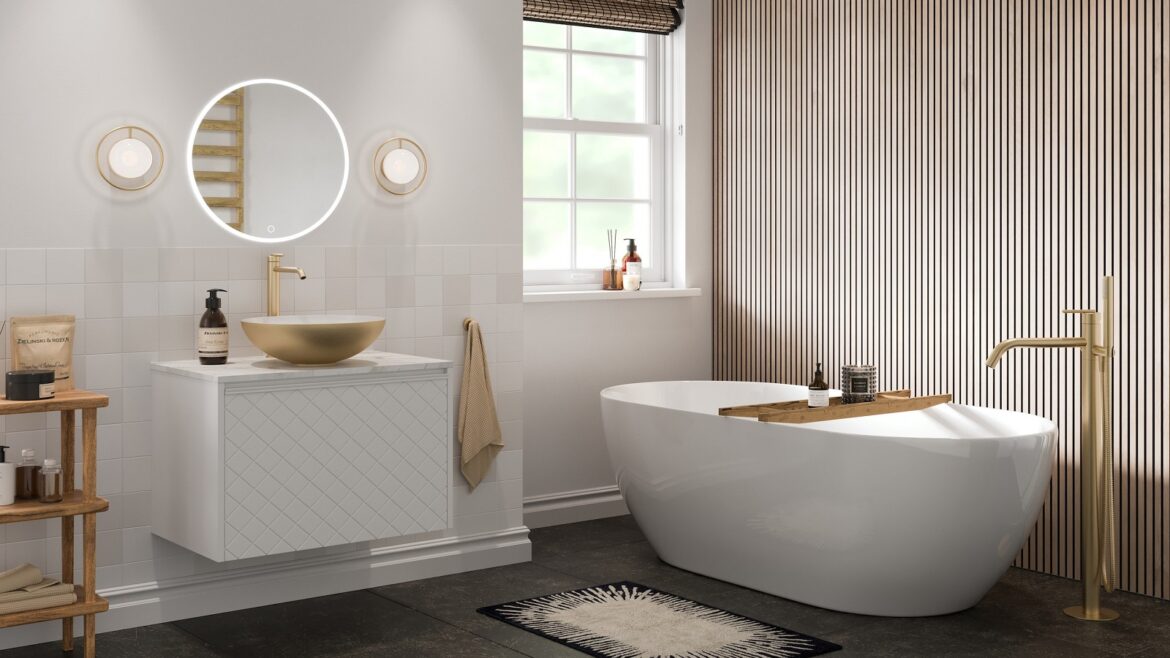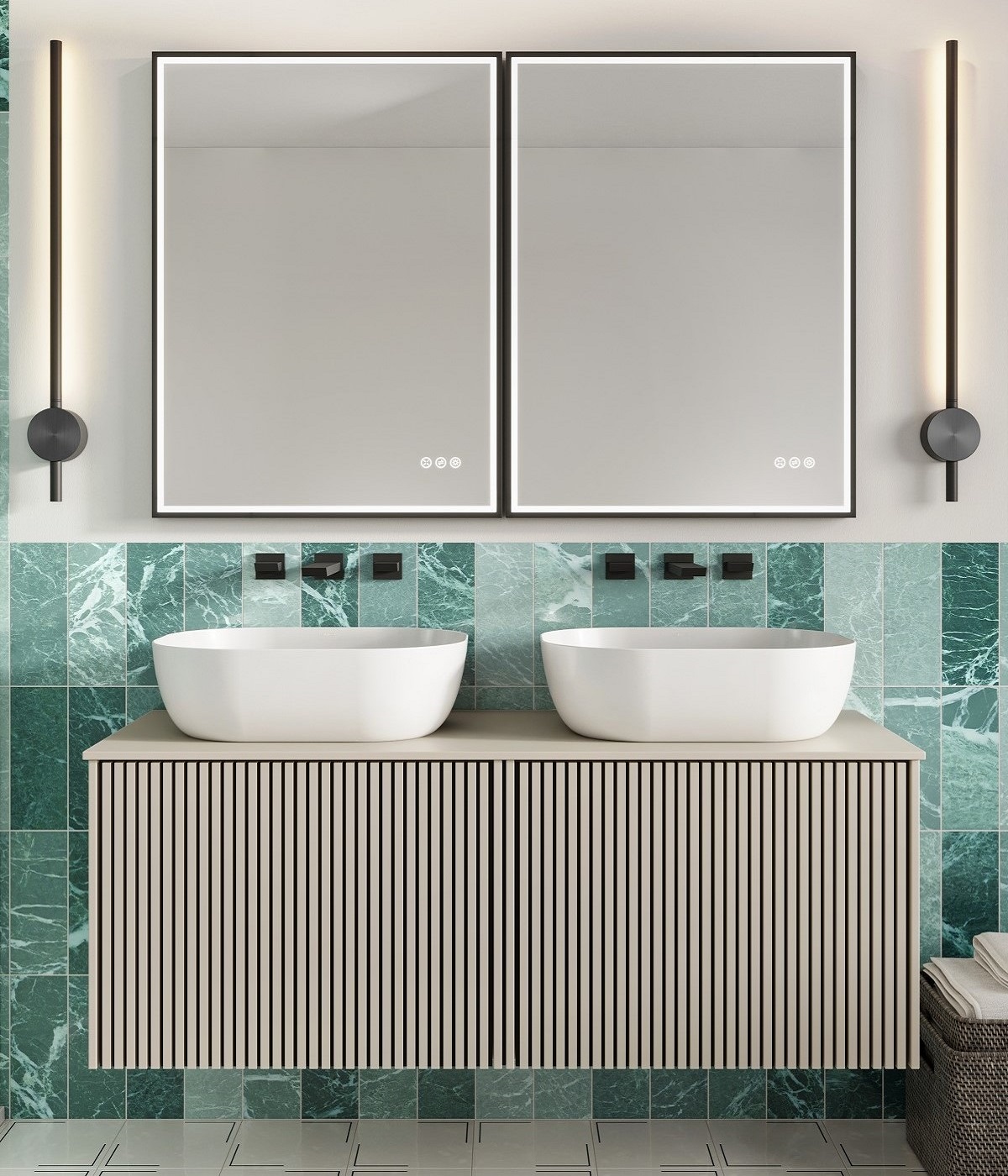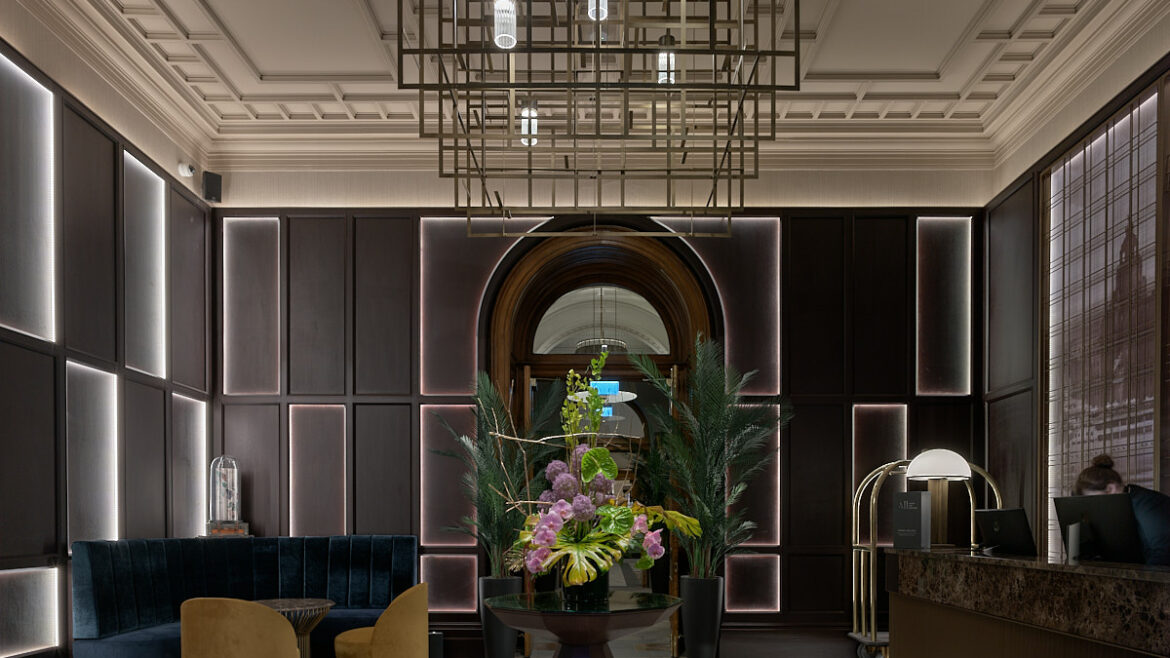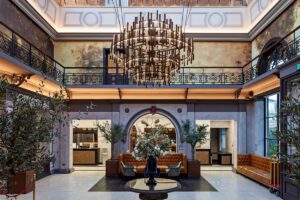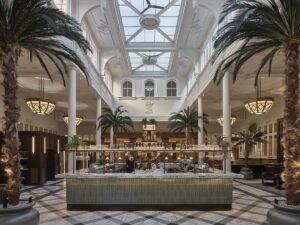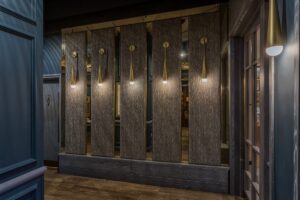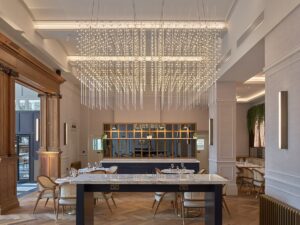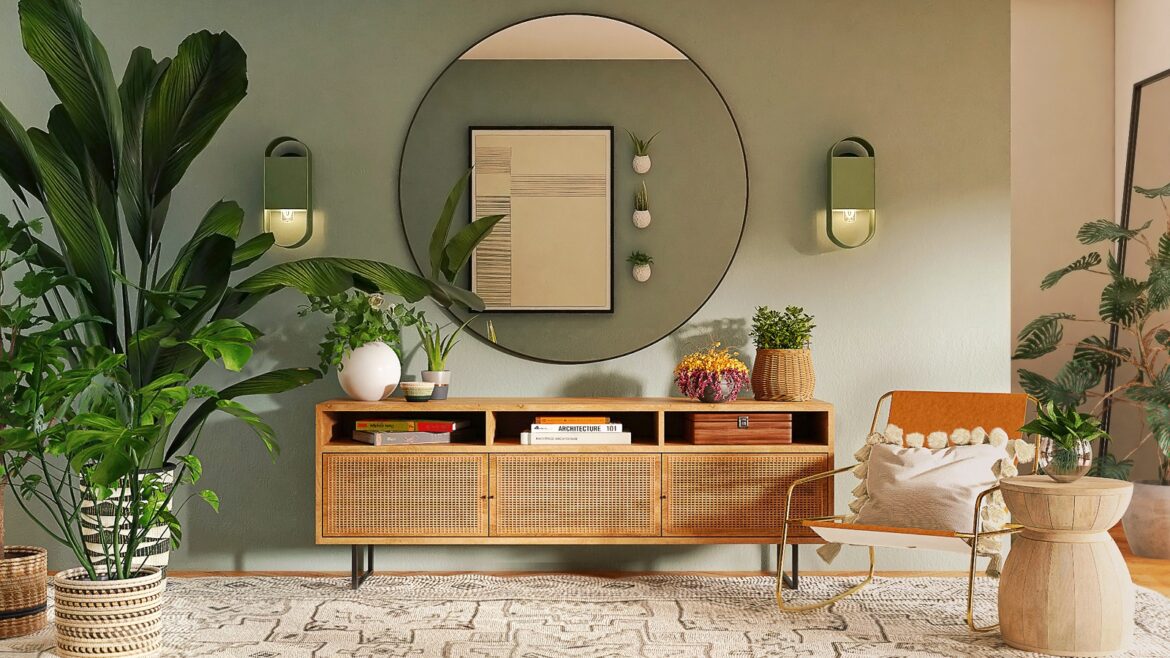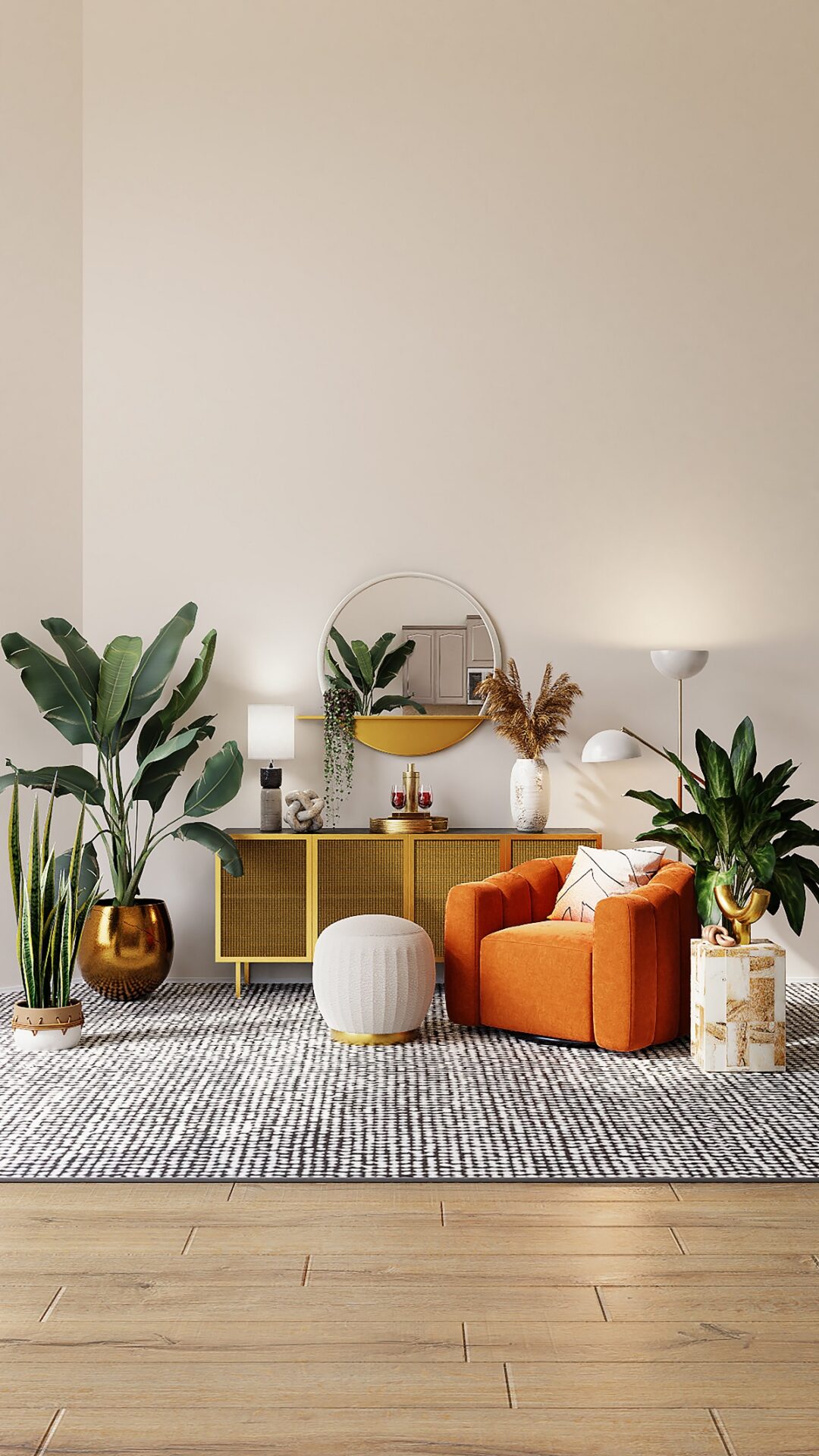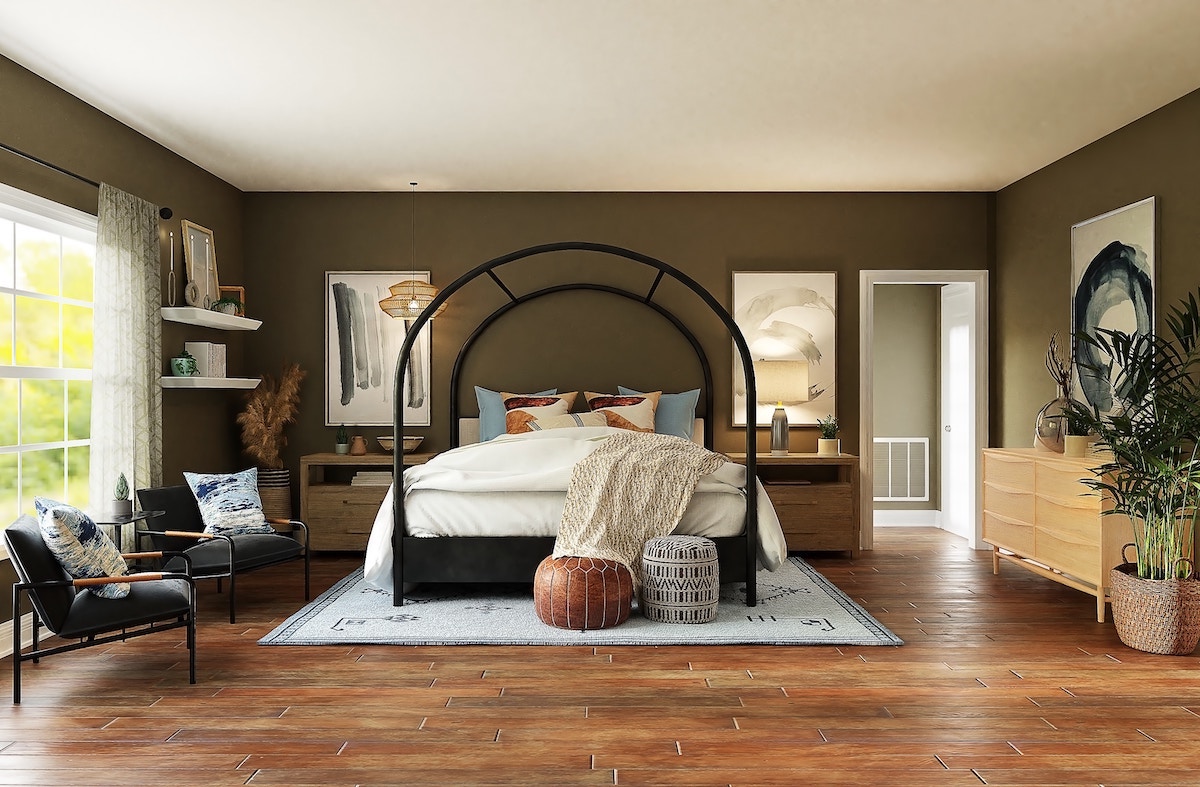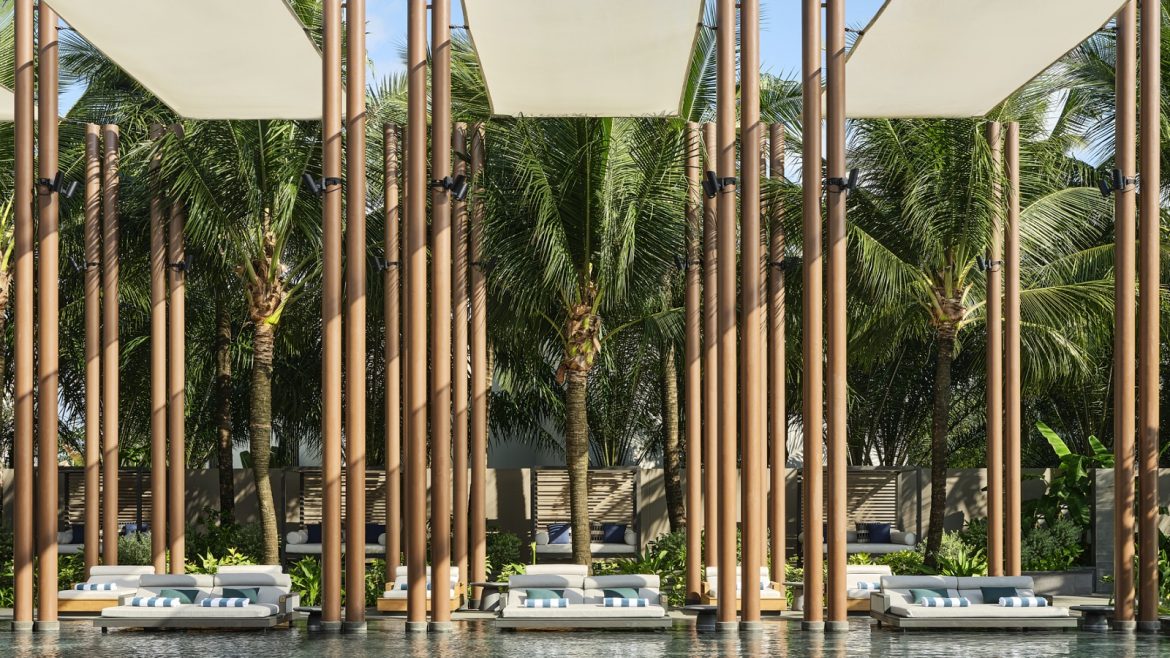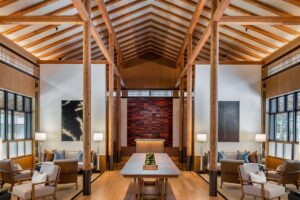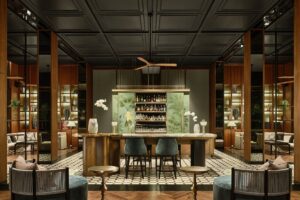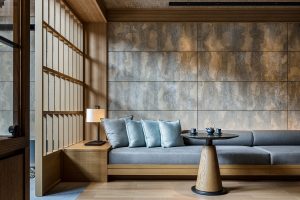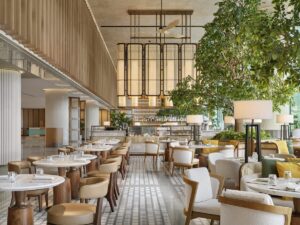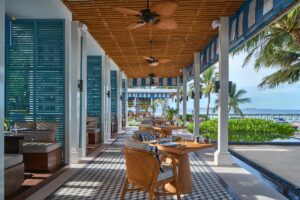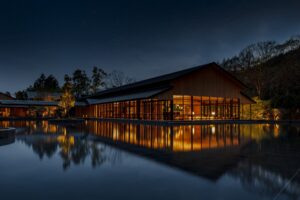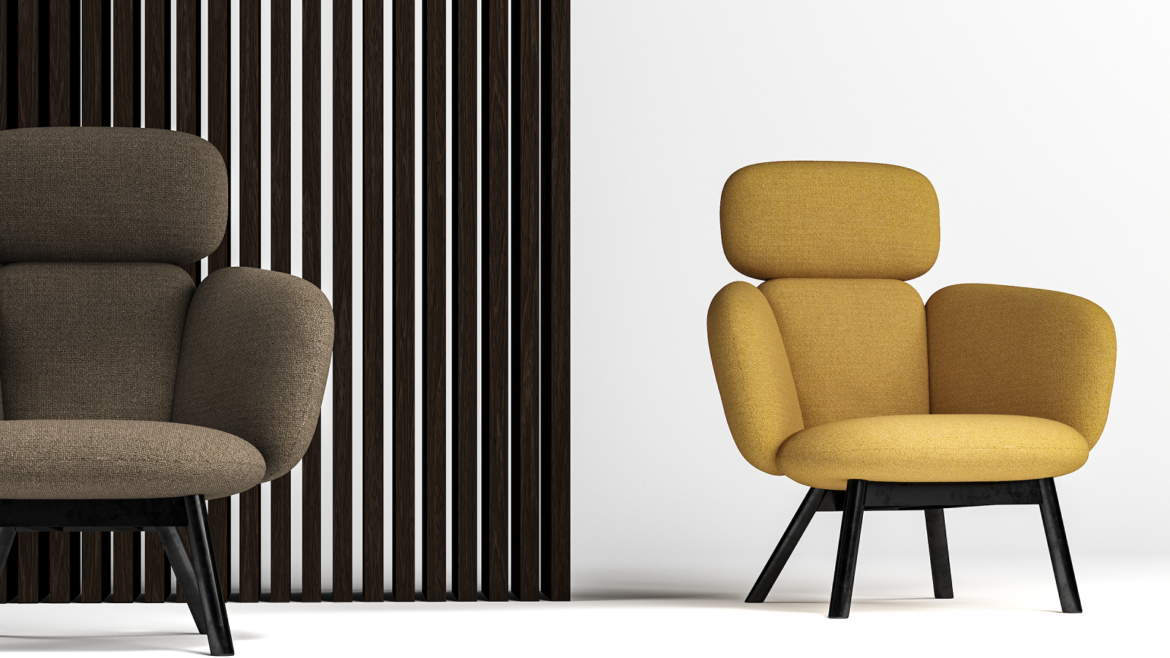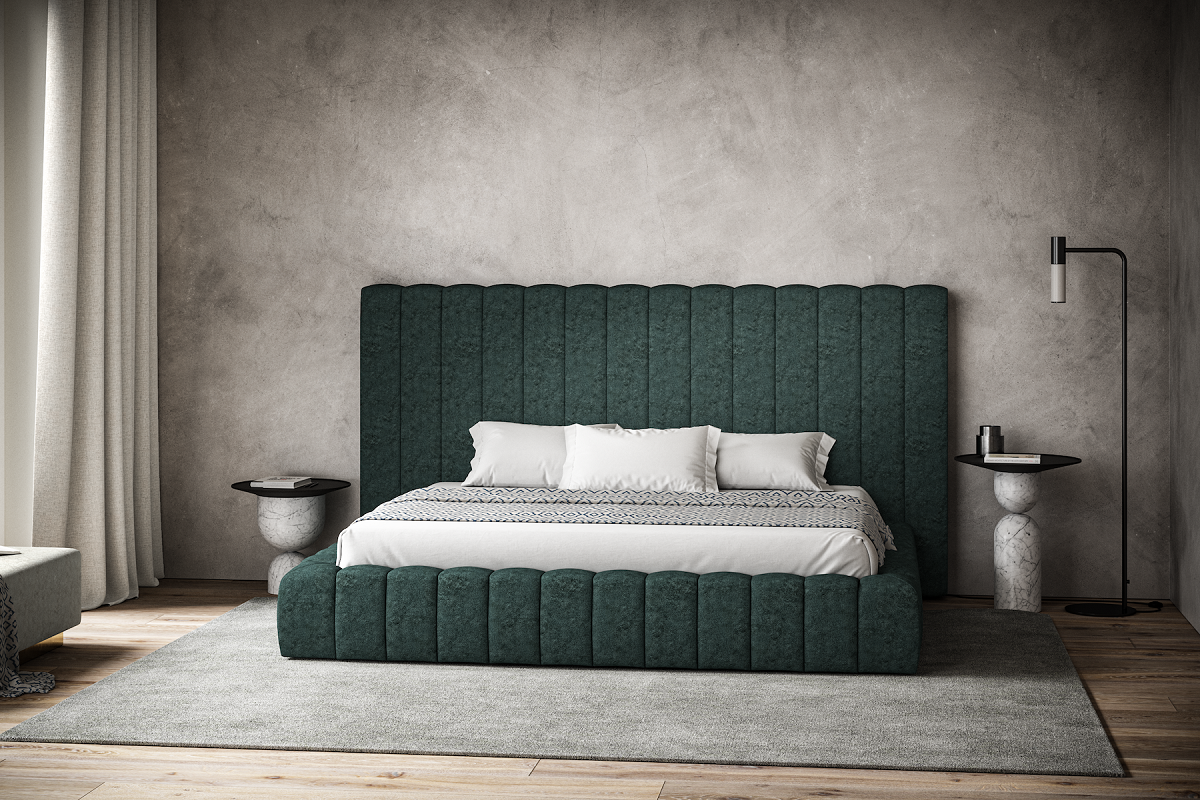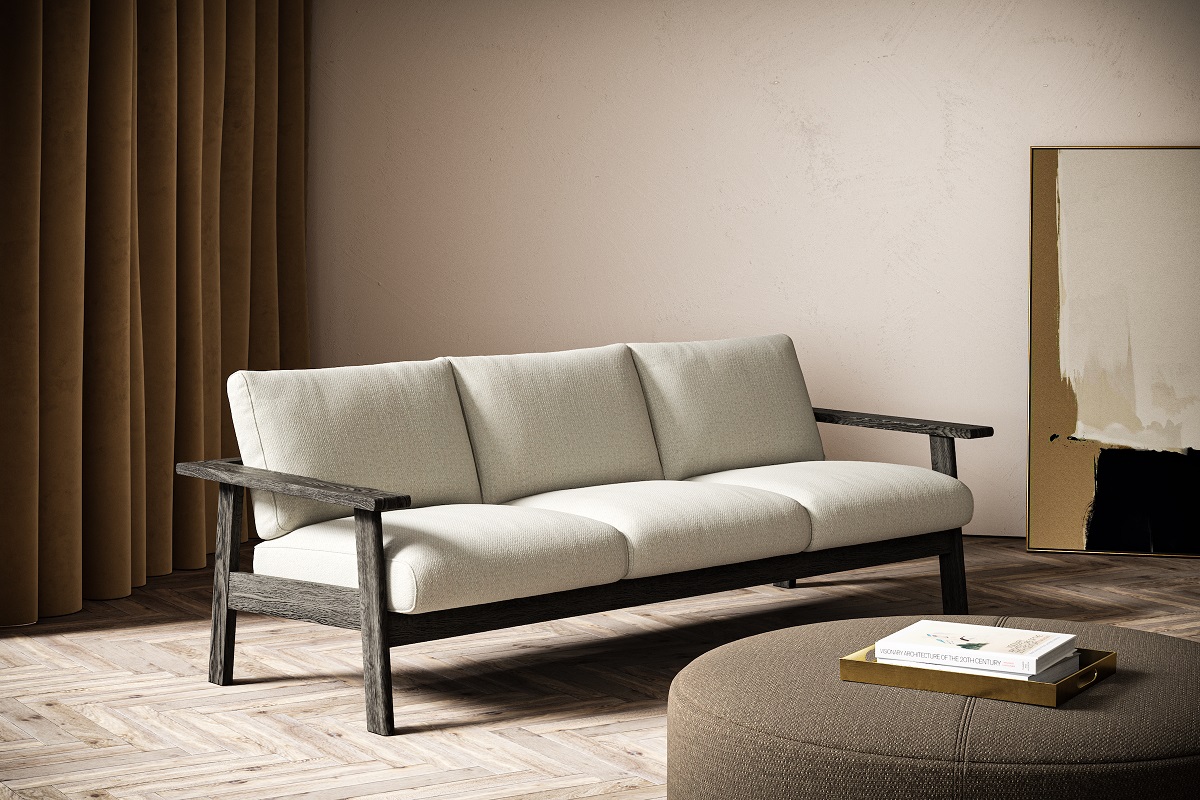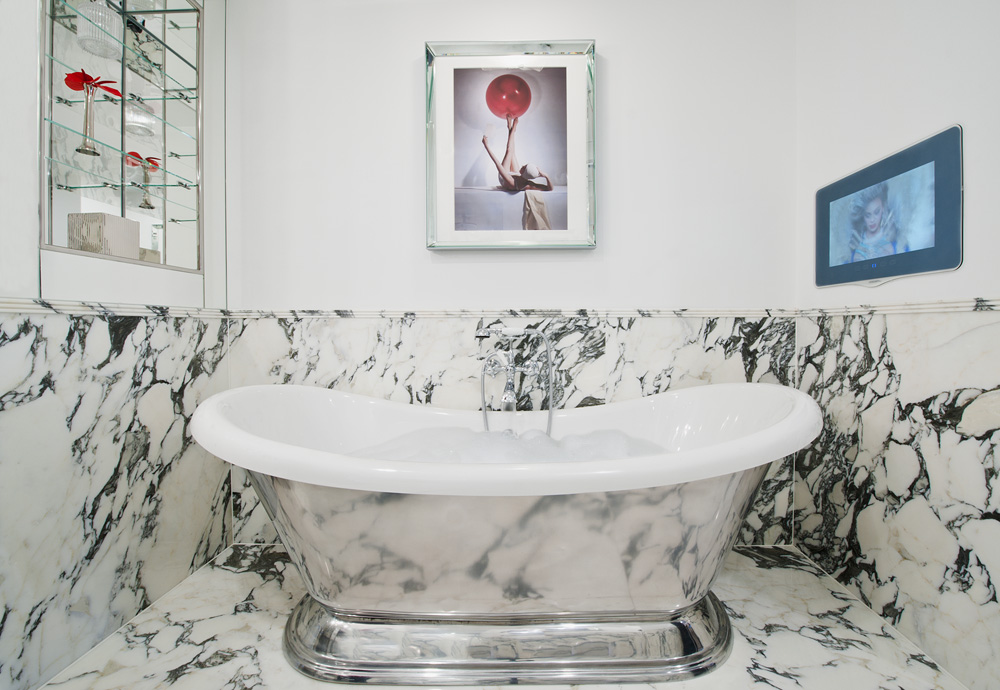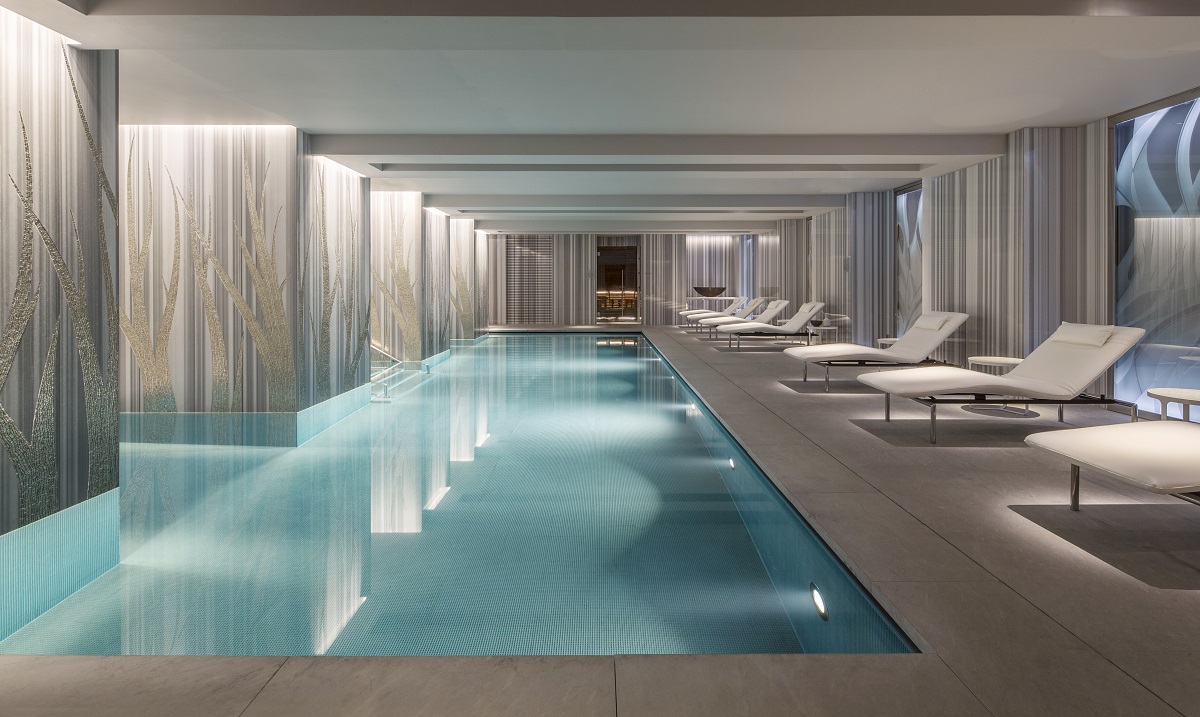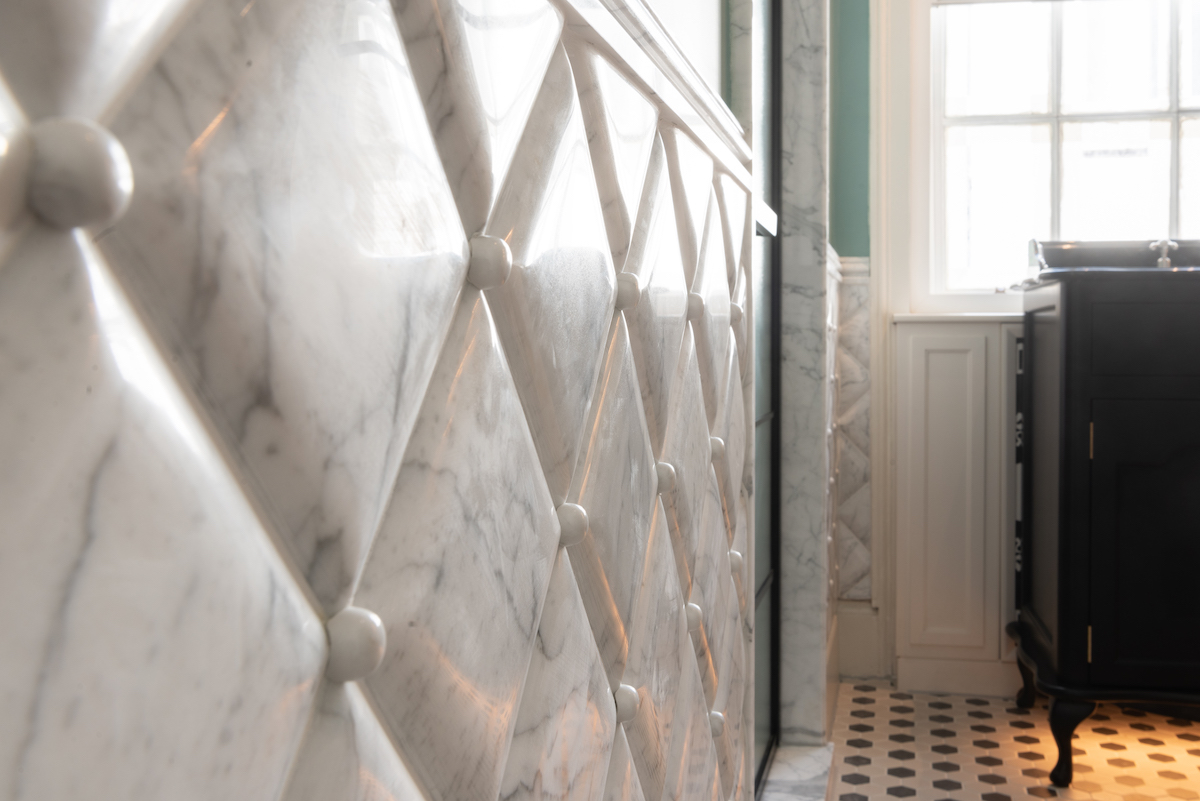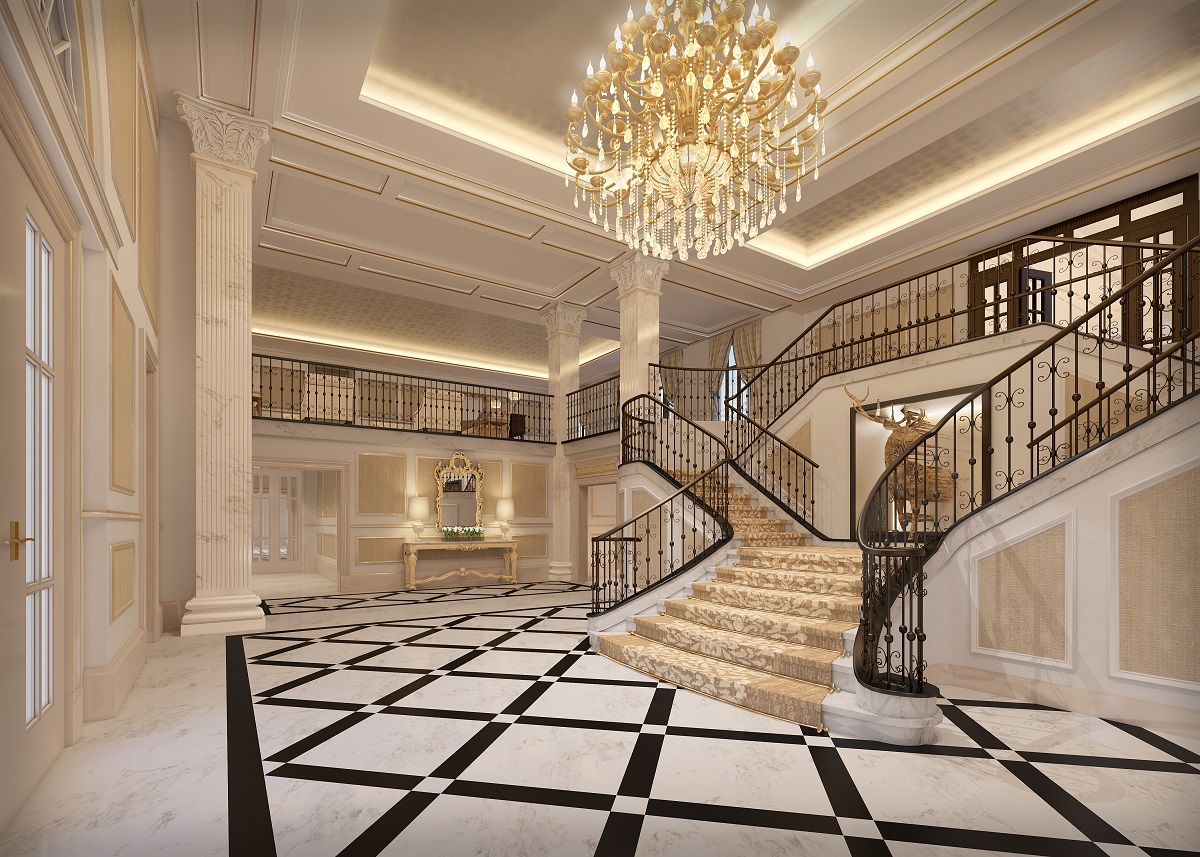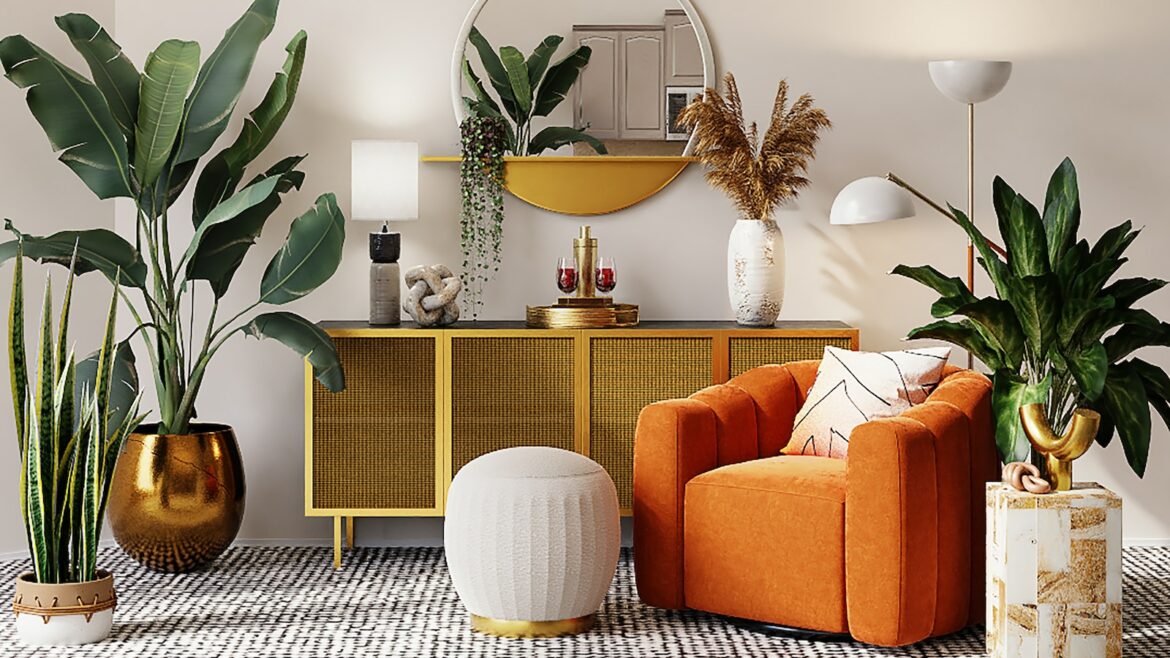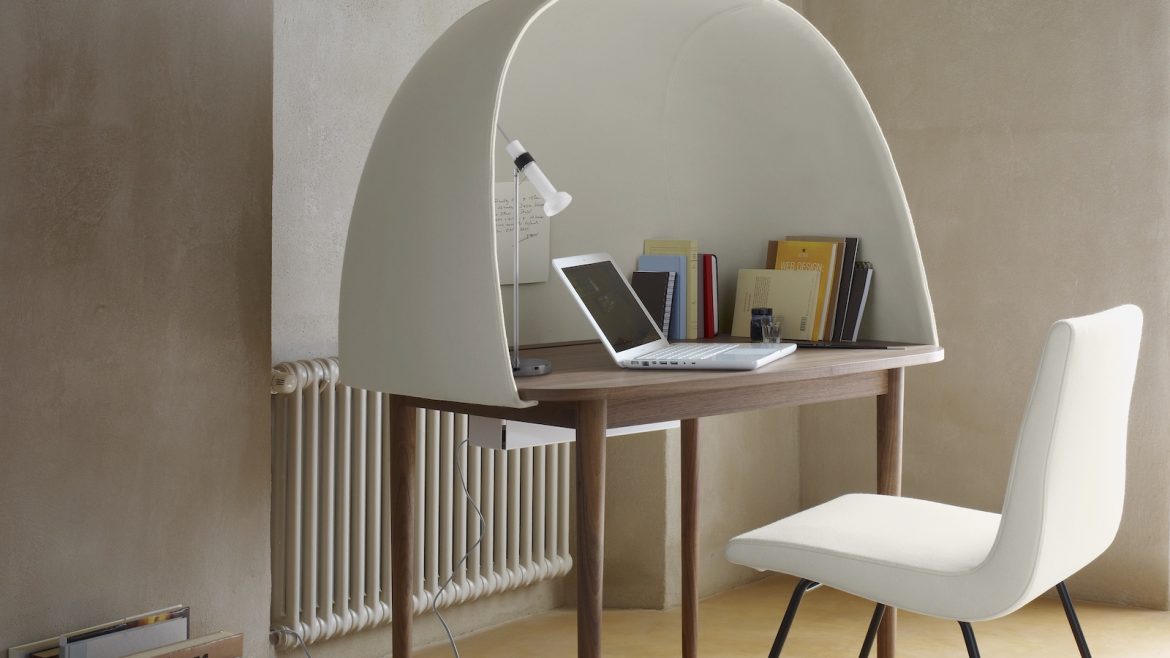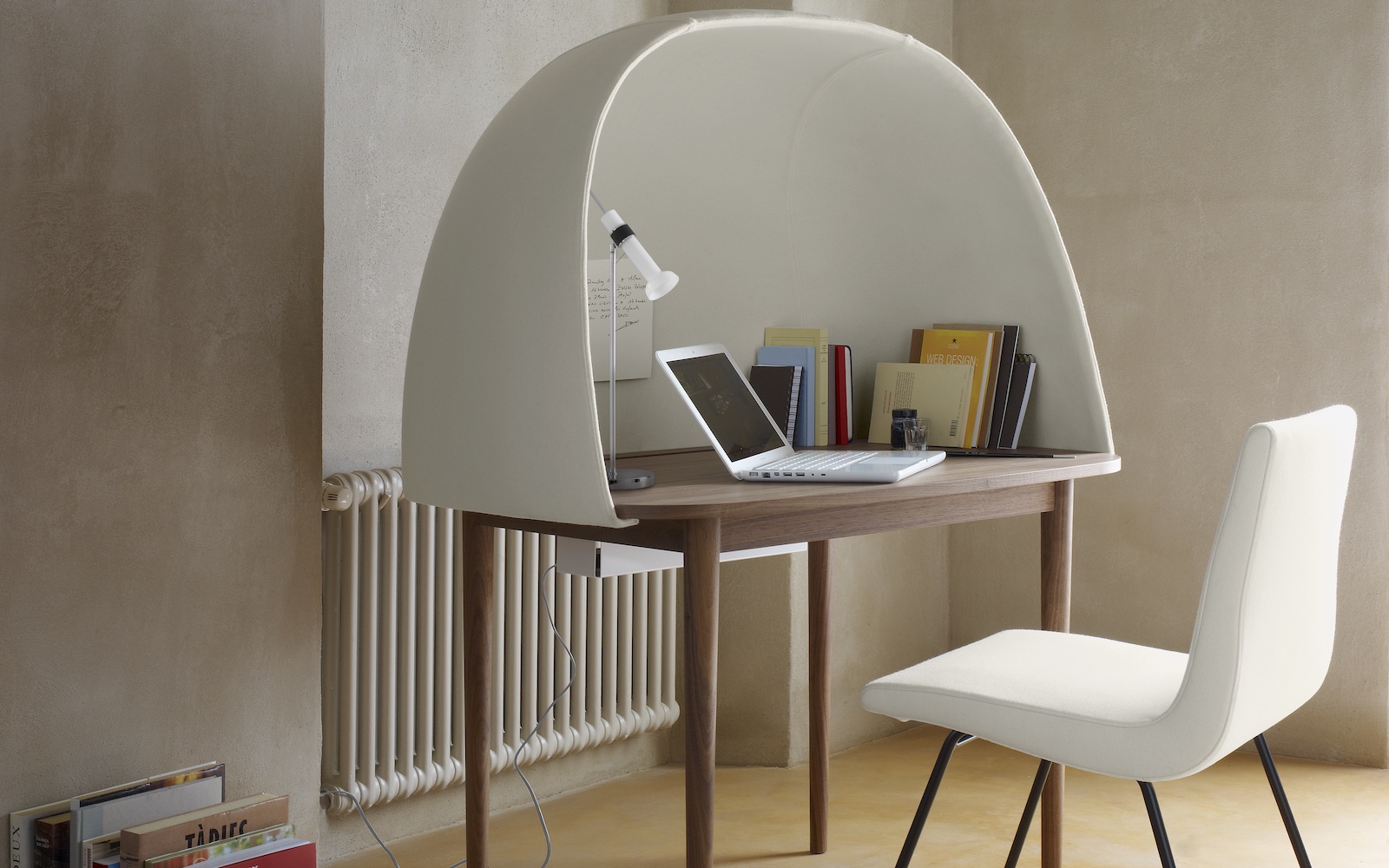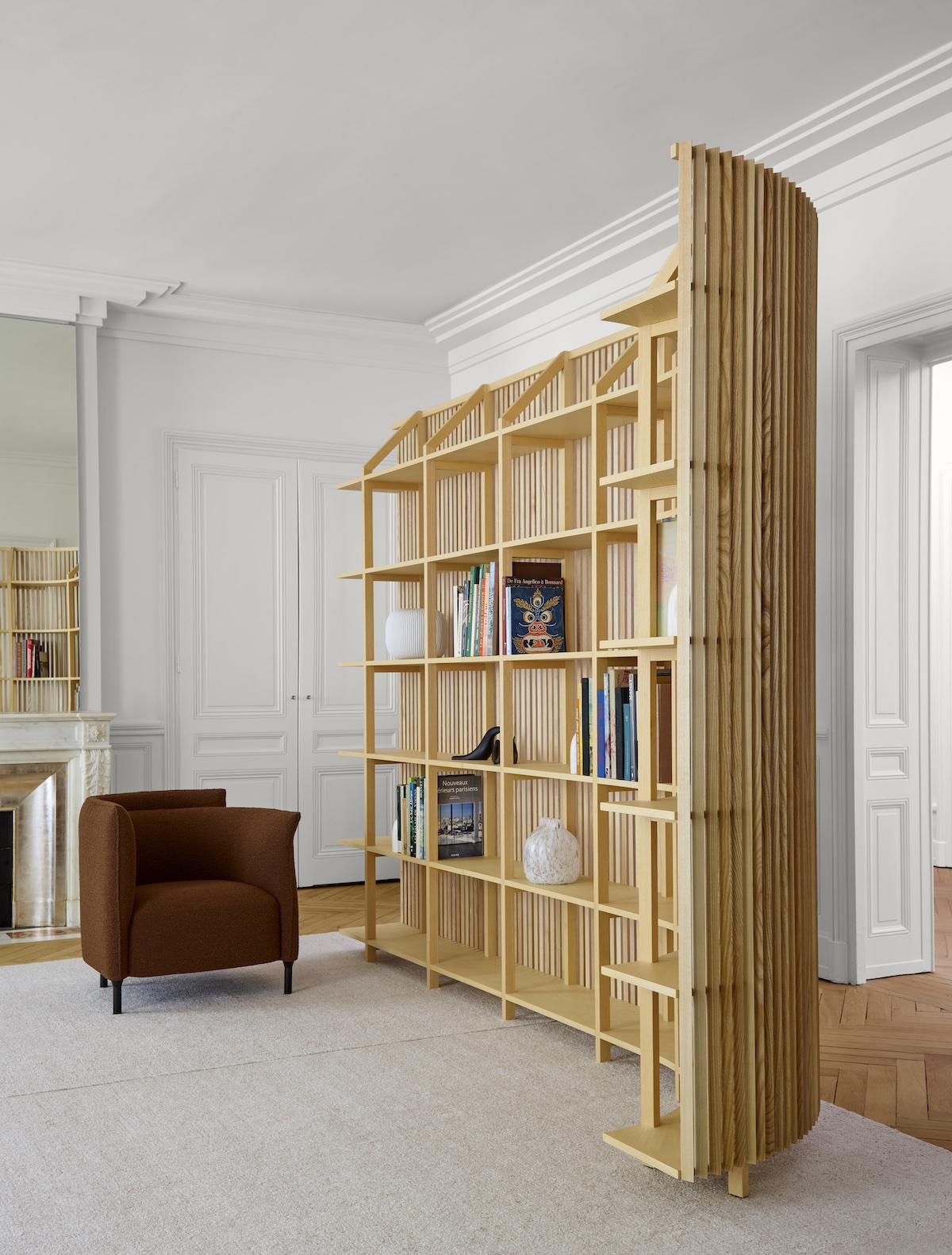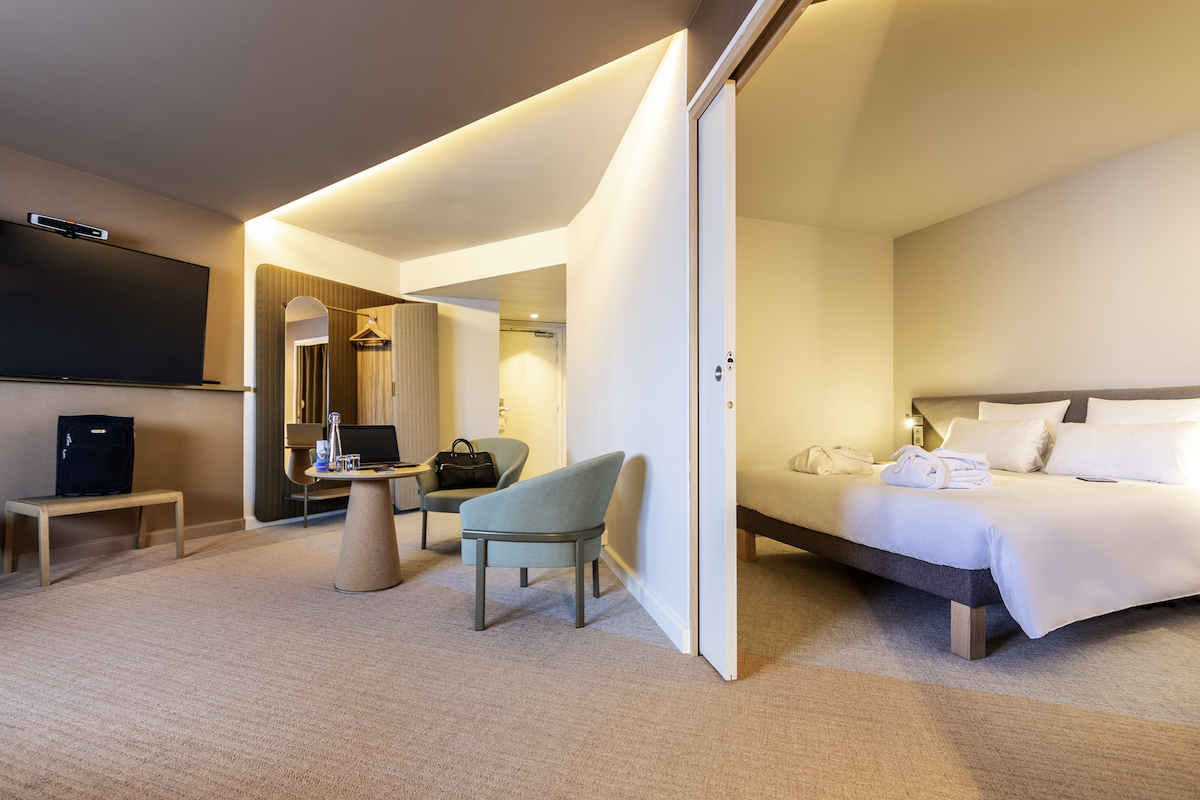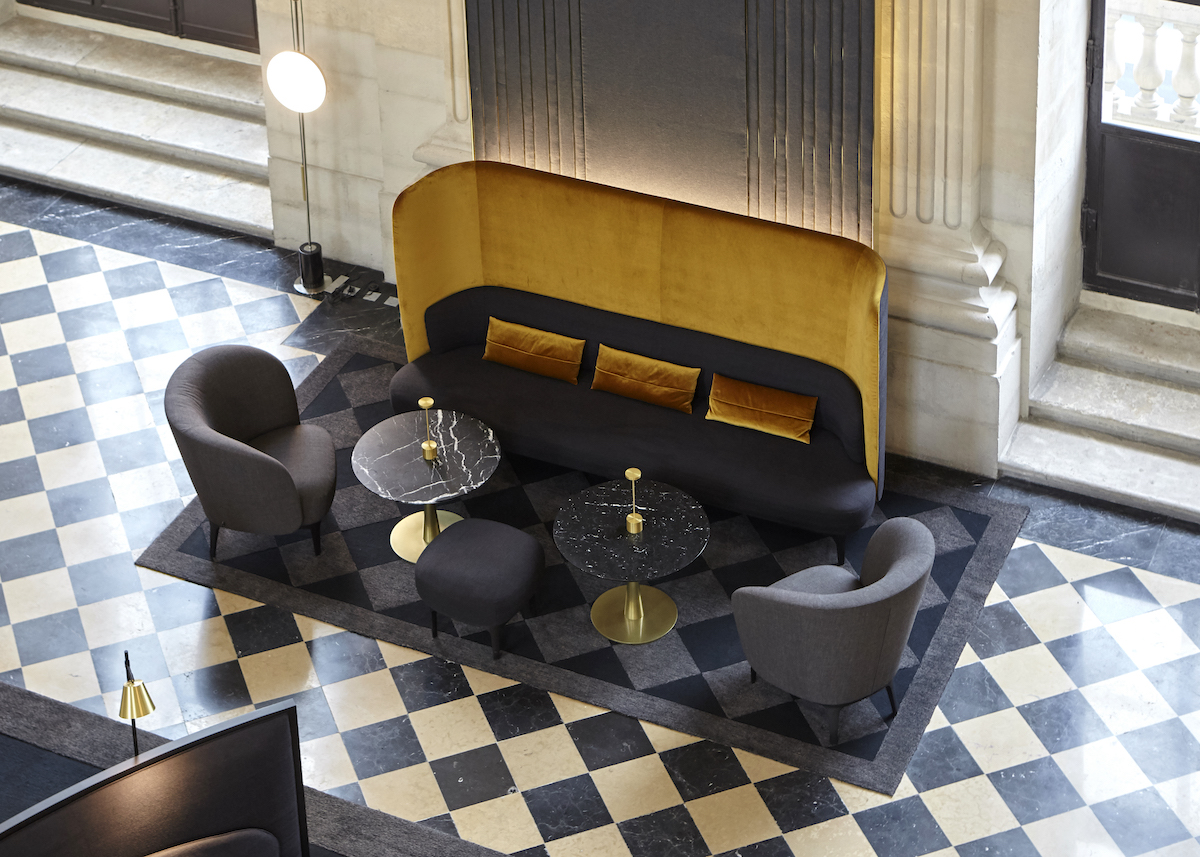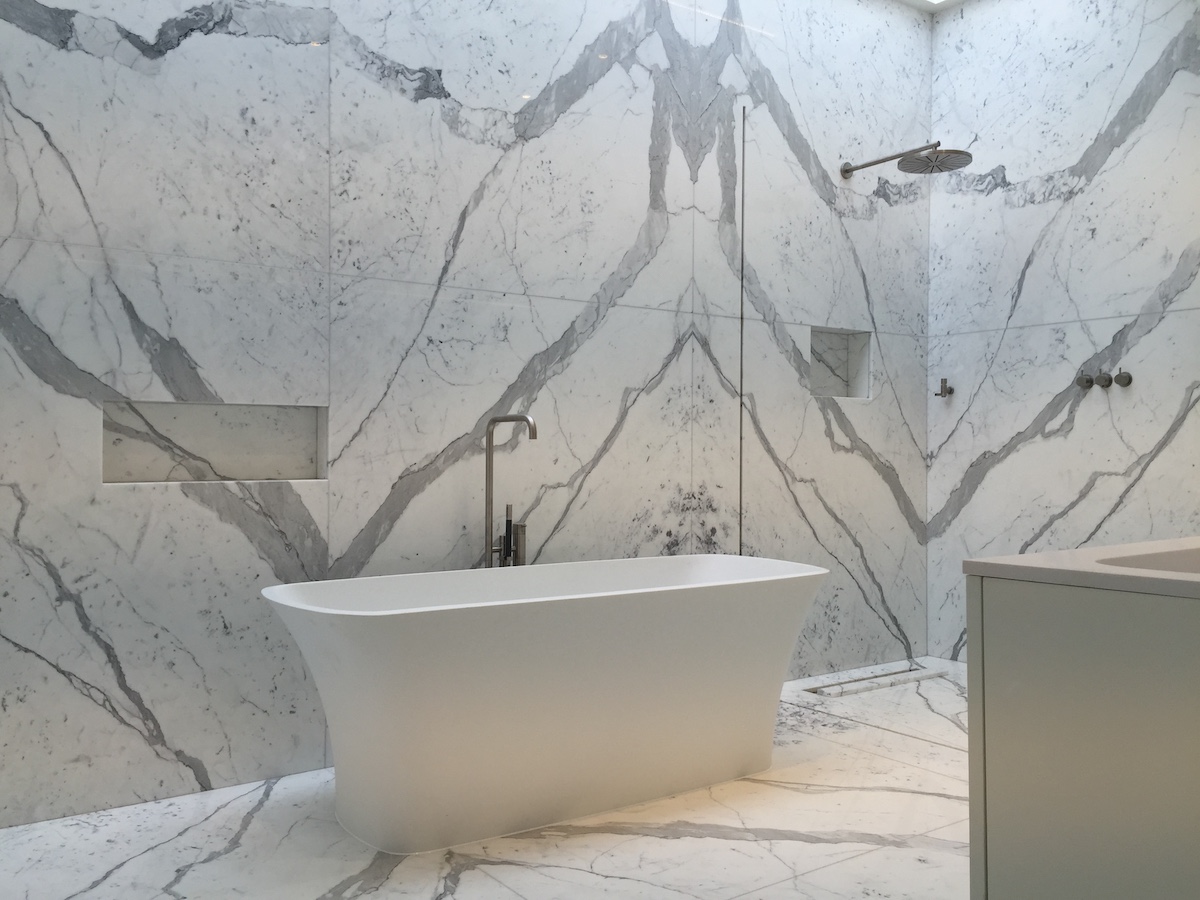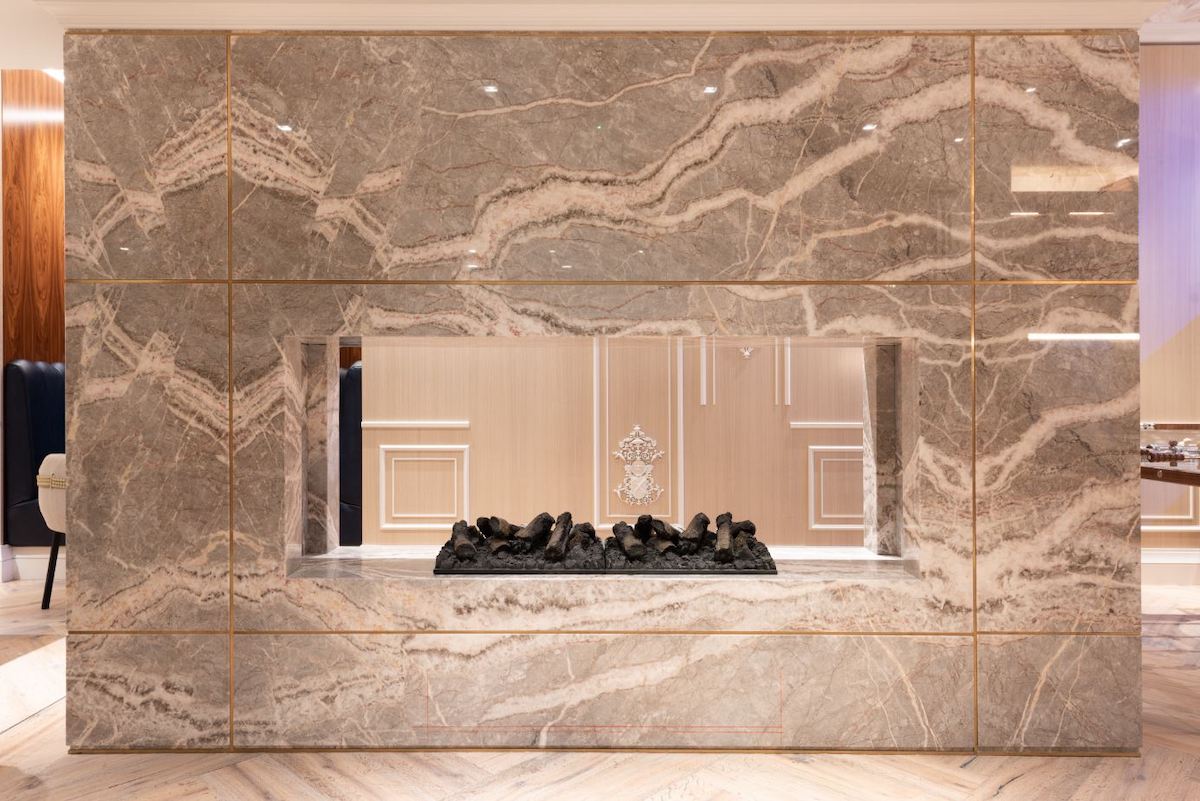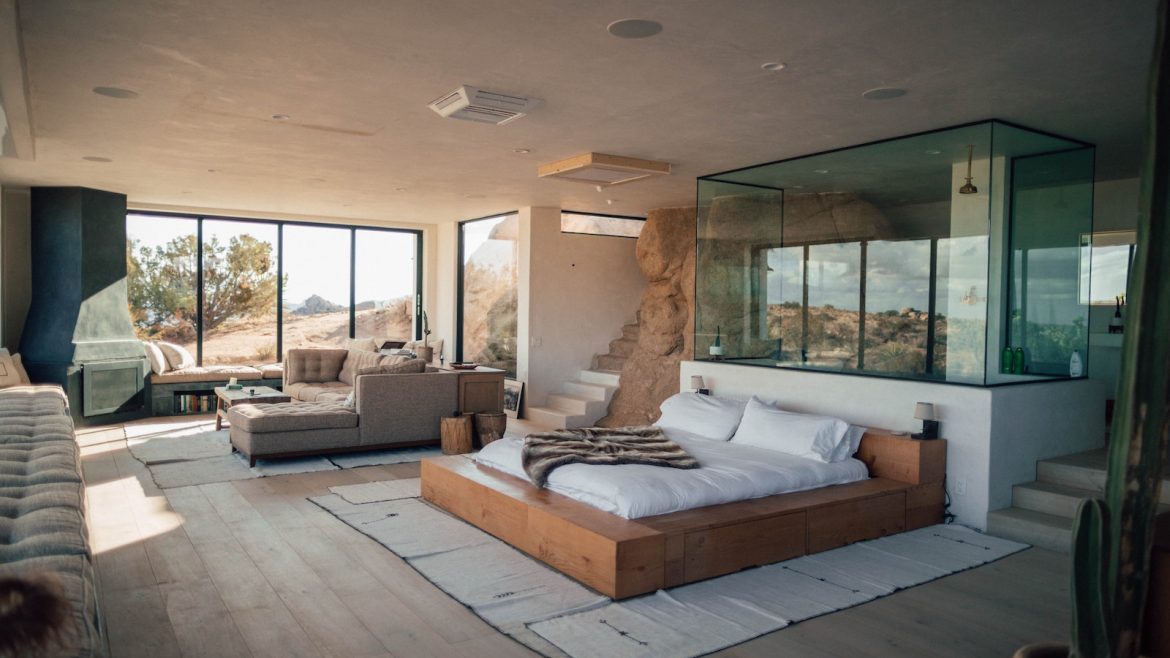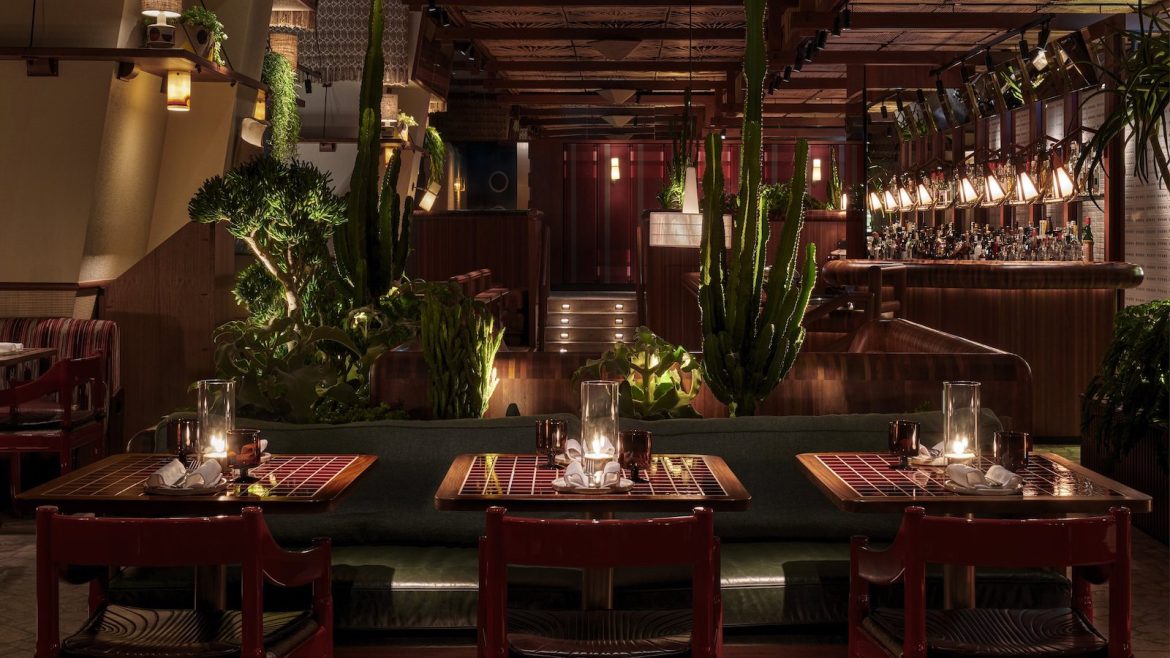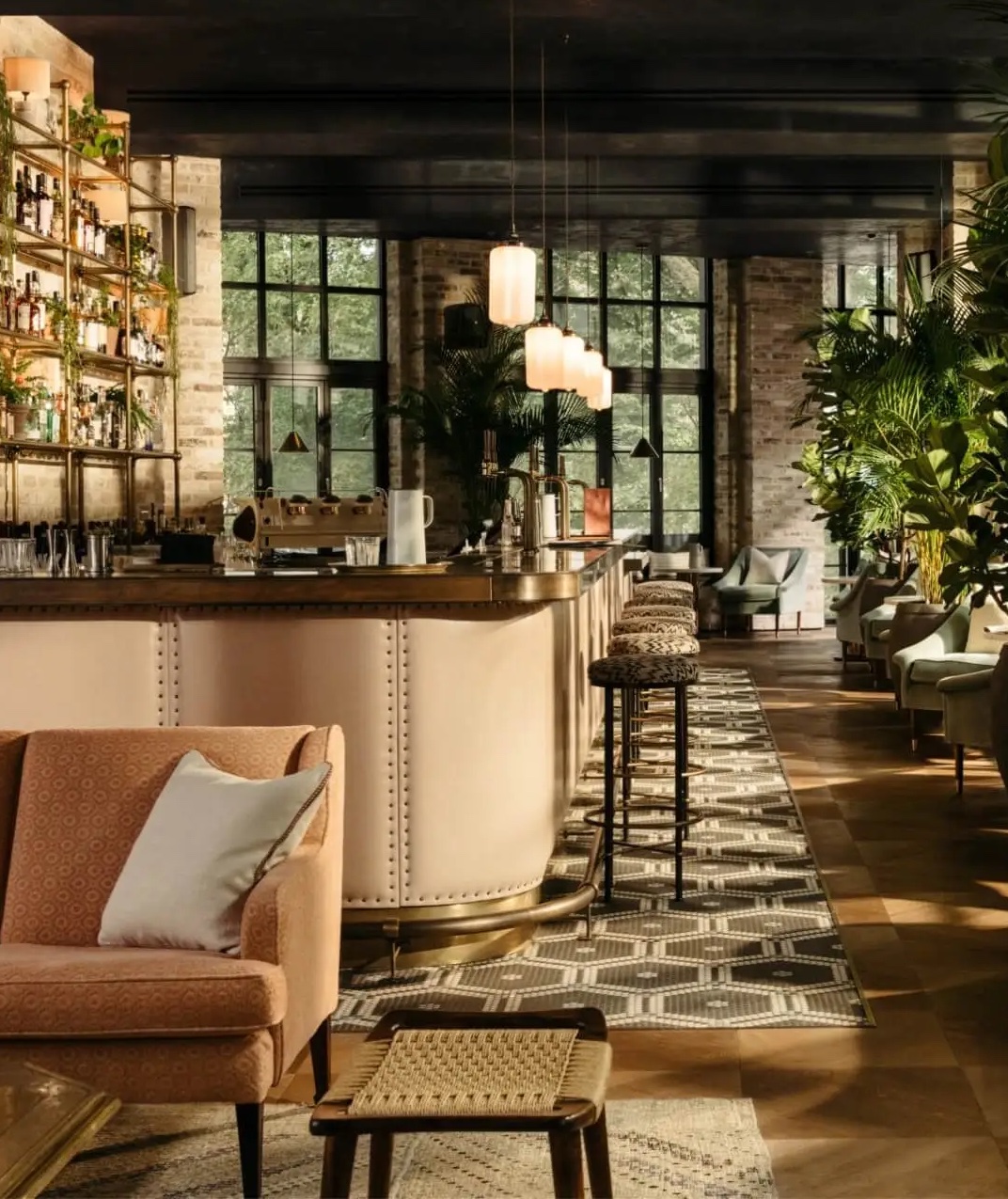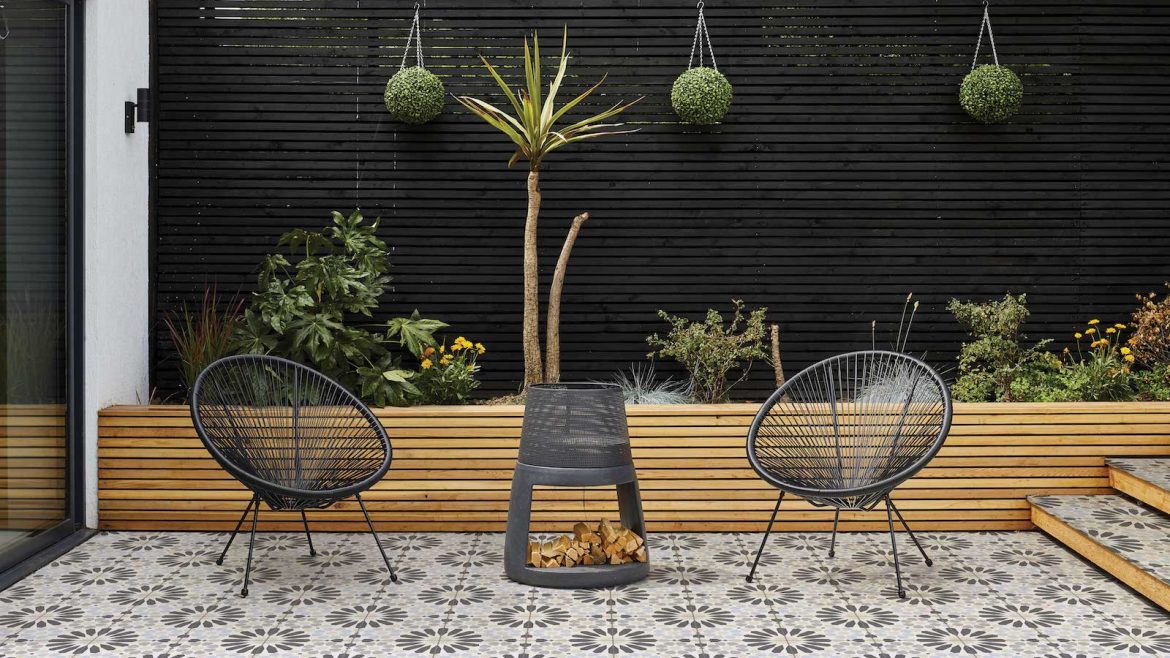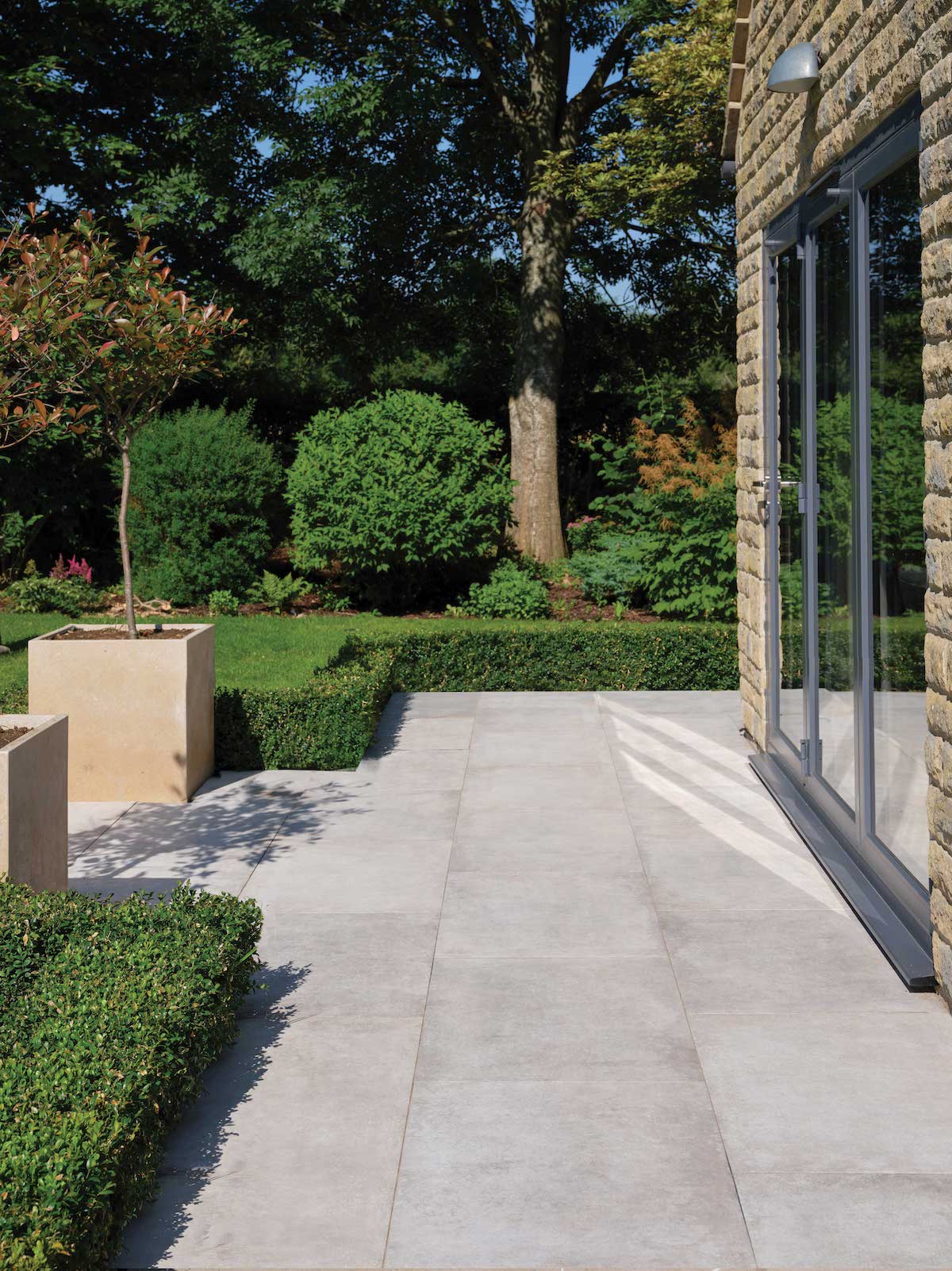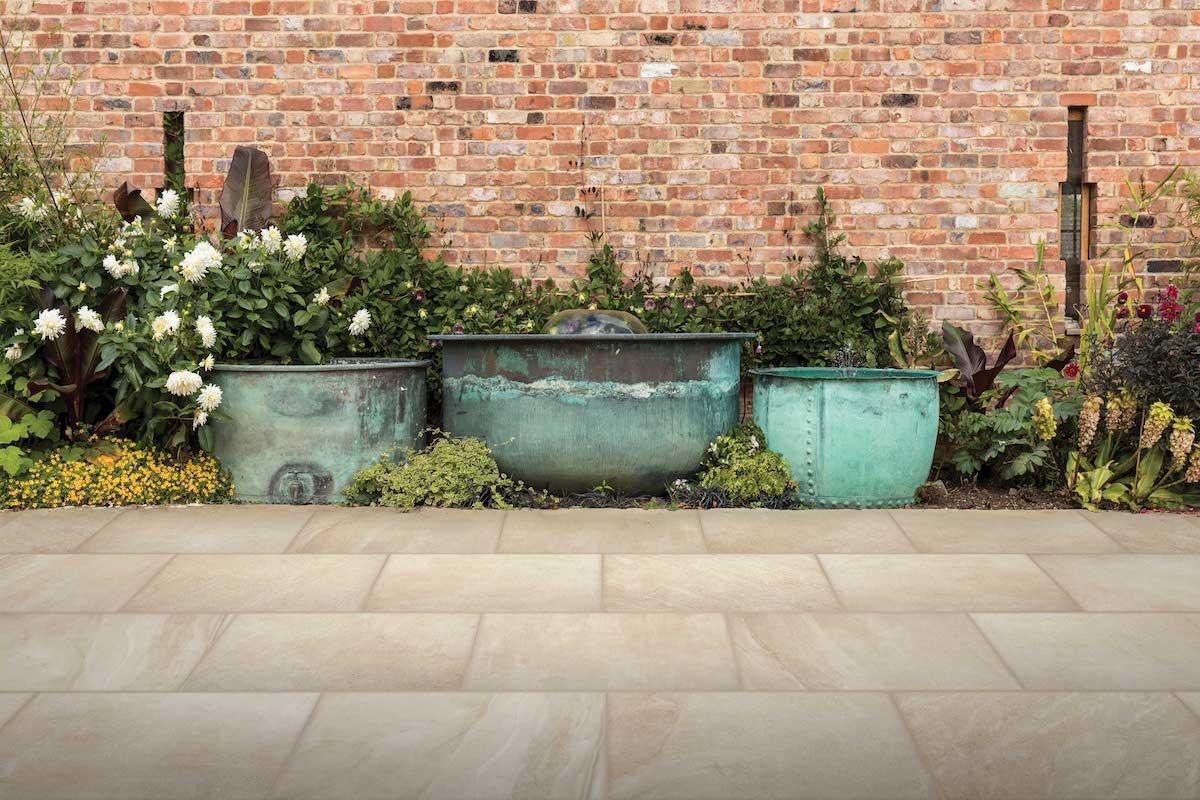Shifting expectations and hotel bathroom design
https://hoteldesigns.net/wp-content/uploads/2024/05/Crosswater_Tranquil-Halo-Light_Brushed-Brass_215-Per-Light_crosswater.co_.uk_-1024x640.jpg 1024 640 Pauline Brettell Pauline Brettell https://secure.gravatar.com/avatar/47199d3c8bc36b8d8407622f1779e2ed6ac43098b858bf50e398c93218b4ba7e?s=96&d=mm&r=gTom Burdon, Director of Specification Sales & Projects at Bathroom Brands Group throws the focus on the shifting shapes and expectations in the hotel bathroom, along with some Crosswater design solutions…
As hotel bathroom expectations evolve, the impact of design enhancing guest experience is not to be underestimated. Bathroom Brands Group works closely with hotels to specify products, putting luxury at the forefront of every project. More than simply functional spaces, hotel bathrooms are increasingly expected to be sanctuaries where guests can enjoy a relaxing experience and elevated escapism, and both boutique and brand hotels are seamlessly merging wellness and practicality in these spaces.

Image credit: Bathroom Brands Group
Blurring the boundaries between luxury design and functionality has become a feature of contemporary bathroom design and it’s important to strike a balance between creating a bathroom that is visually impactful yet practical. Guest expectations on both a design and experiential level are becoming more and more, so hotel designers are pushing the boundaries. Seamlessly blending luxurious materials, sophisticated fixtures, and innovative features, designers are striving to create spaces that inspire guests and encourage interaction, while serving practical needs. Achieving this delicate balance is crucial in ensuring that guests feel indulged from the moment they step into the bathroom. When we work on specifications for luxury hotels, as with recent Ennismore, Montcalm, Hilton and Gotham openings, we strive to meet practical requirements while offering inspiration, as hotel bathroom projects are open to design innovation and consideration.
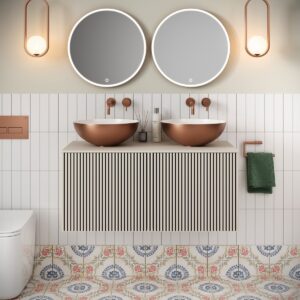
Image credit: Crosswater
Should we be injecting more personality into hotel bathroom designs? Absolutely. Hotel bathrooms offer the perfect opportunity to inject character and personality and push the boundaries of design. Embracing bold colours, distinctive textures, and unique materials can transform a functional necessity into a memorable part of the guest experience. Furniture and basins in an extensive colour palette, from pastel tones to chic earthy hues, the options are endless, allowing each hotel to showcase its distinct style.
Form and function find equal balance with bathroom lighting that significantly impacts the overall ambience, functionality, and aesthetics of a hotel bathroom and elevates a guest’s sensory experience. When creating a spa-like haven, soft warm lighting is essential to create the right atmosphere. Thoughtfully designed lighting is being used more and more to accentuate luxury design features in hotel bathrooms, such as textured furniture and brassware. It can be used to cleverly draw attention to the finer details that define the space, rather than simply being a practical solution.
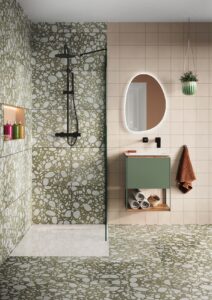
Image credit: Crosswater
Illuminated mirrors are useful but can also be used to make a design statement. New Crosswater mirrors are available in various shape and size options so designers can choose mirrors that complement warm and cool metallic tones to match brassware and other accessories.
The wellness trend for creating a spa-like hotel bathroom aesthetic is continuing to gain momentum and it’s here to stay. Beyond providing basic amenities, hotels are increasingly incorporating elements that promote relaxation and well-being, such as spacious showers with rainfall heads, luxurious baths, and ambient lighting, all becoming staples of modern bathroom design, promising a sense of tranquillity and serenity.
- Image credit: Crosswater
- Image credit: Crosswater
Hotel designers are often looking to maximise space without sacrificing aesthetic appeal. Crosswater designs offer clever storage solutions and space-saving fixtures, ensuring hotel bathroom space is utilised effectively. Smart storage solutions and modular furniture, clever design touches and space-saving bathroom fittings – think wall-hung basins, vanity units, and toilets – work well in hotel bathrooms as they enable additional floor space, giving the illusion of a bigger room.
Exclusive luxury and democratising design are both key elements in hotel bathroom design moving forward. Crosswater’s distinctive style for the next generation of bathroom design is characterised by meticulous design, high-performance materials and premium details. Offering luxury finishes, full bathroom solutions and an extensive range of colours – from brassware to furniture – our commitment to design helps hotel designers elevate the guest experience to new heights, leaving a lasting impression of an unforgettable experience.
Bathroom Brands Group is one of our Recommended Suppliers and regularly features in our Supplier News section of the website. If you are interested in becoming one of our Recommended Suppliers, please email Katy Phillips.
Main image credit: Bathroom Brands Group

